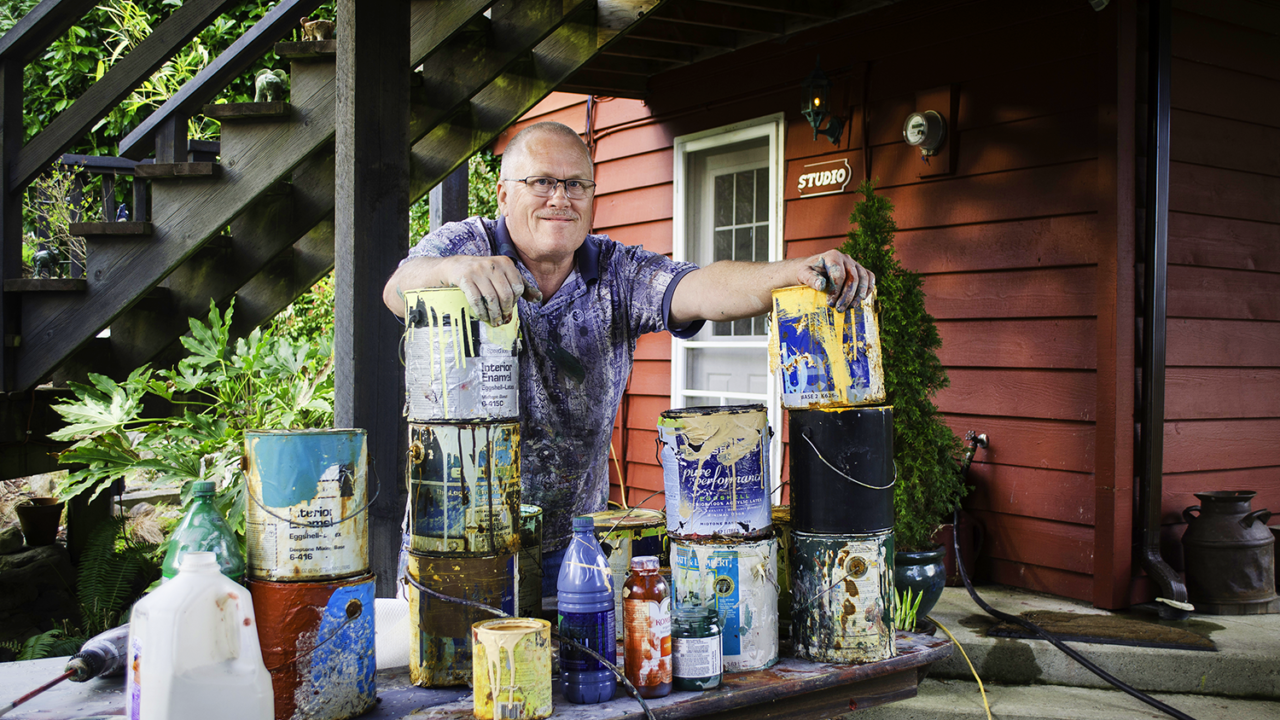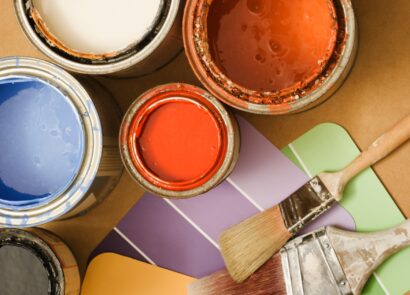This post was first published in 2017. Jan de Beer will soon be bringing a new gallery of work to Vancouver, so we’re sharing it again. Stay tuned for more details!
Imagine…
…that you are in your favourite city’s art gallery with a dark roast coffee – of course, in a reusable mug – in hand. You’re waltzing between rows and down halls filled with historic paintings and the whispers of artists past.
To your left, you see the soft greens and hazy pinks of Claude Monet’s Water Lilies; to your right, the shining stars of Vincent van Gogh’s Starry Night.
Perhaps these paintings charm you, or perhaps they intimidate you. Could anyone really ever create pieces as beautiful, as marvelous, as iconic as these artists have? Sechelt artist and painter Jan de Beer thinks you can.
“There’s so much pretense in art, and I absolutely hate that,” de Beer admits. “My latest paint exhibition [Tides] is the absolute antithesis of pretense. Anybody can create art like I do, and create pieces that are just as good as mine.”
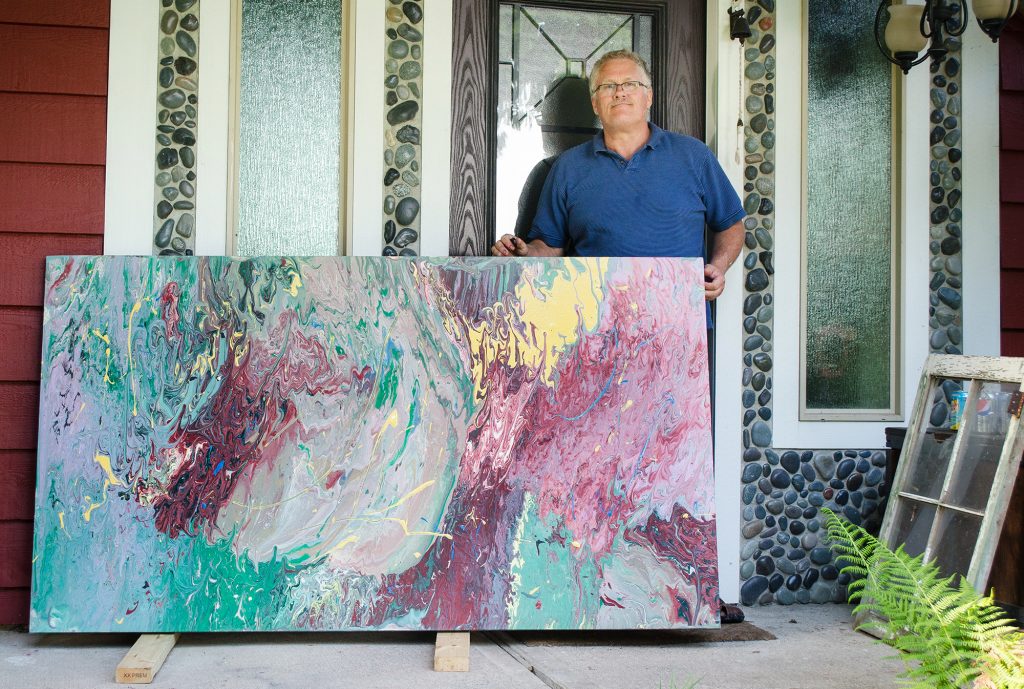
Looking back to Marcel DuChamp
Much of de Beer’s inspiration for Tides – an exhibition created with 100% upcycled paint – came from Marcel DuChamp, an influential painter and sculptor in the early 1900’s. DuChamp’s most famous work, Fountain (1917) took a mass-produced urinal and transformed it into a work of art. This not only questioned the definition of art itself, but also reiterated the ideas of reusing, upcycling, and repurposing to the public.
“I see a direct parallel between my work and DuChamp’s,” says de Beer. “I like the idea that I could take into the gallery like Marcel Duchamp did and give it a second life.”
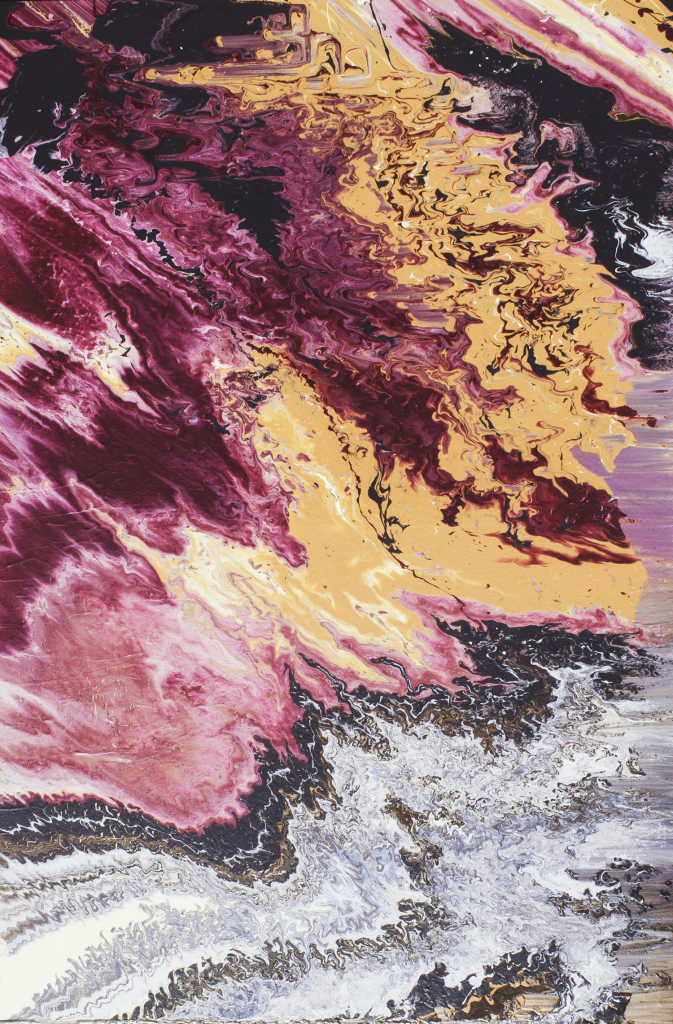
Upcycled paint, artistry, and Tides
Jan created the large pieces in Tides – some of which reach a staggering 8ft by 4ft in size – and gathered the paint he needed by picking up free leftover paint from his local PaintShare collection site in Gibsons, British Columbia. “Buying paint for large canvases can be really expensive!” says de Beer. “These paint collection sites are absolute goldmines for high end paint that isn’t old or dated. Even if it were old, I wouldn’t particularly care – I sometimes prefer older paint because it can crackle, bubble, or react with other paints on canvas in ways you wouldn’t expect.”
This spontaneity is evident in de Beer’s work, which is rife with colour and texture. Gallery highlights include the fiery red and orange Inferno, which was coincidentally painted as over one thousand forest fires raged throughout BC this past summer. It doubles as a reminder that each of us can play a role in protecting the environment, just as Jan has by using upcycled paint instead of buying new.
Another piece, Diptych – which is Jan’s current favourite piece – consists of two paintings placed side by side to create a massive and immersive sanctuary of paint. Both paintings were created upside down to allow the paint to develop an unusual texture.
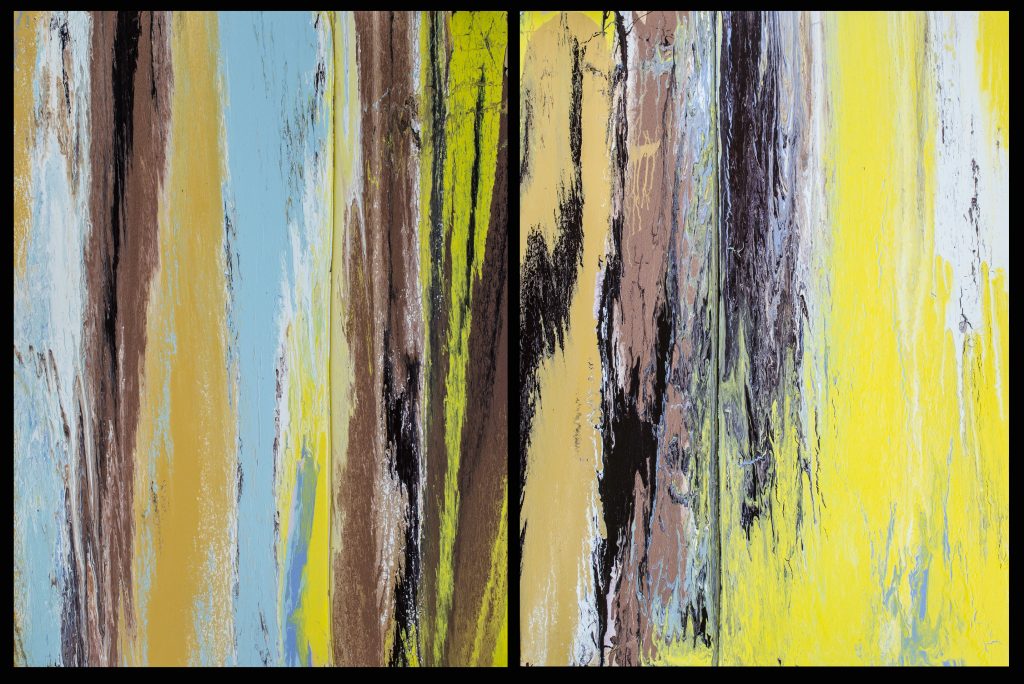
“If you can lie on your back and look at clouds, you’ll grow to like my art,” concludes de Beer. “You have to let your mind go free and forget about the artistic process and how the end product was created. If you can enjoy artwork just by looking at it – like you look at clouds – you’ll develop an understanding of my work. Really, there’s beauty in art, and beauty in everything around us.”
To learn more about Jan and see more of his work, please visit his Facebook page. To learn more about PaintShare, visit the respective program pages for British Columbia, Saskatchewan, Ontario, Newfoundland and Labrador, and New Brunswick. To find out where you can take your paint for recycling, visit our Recycling Locator.
